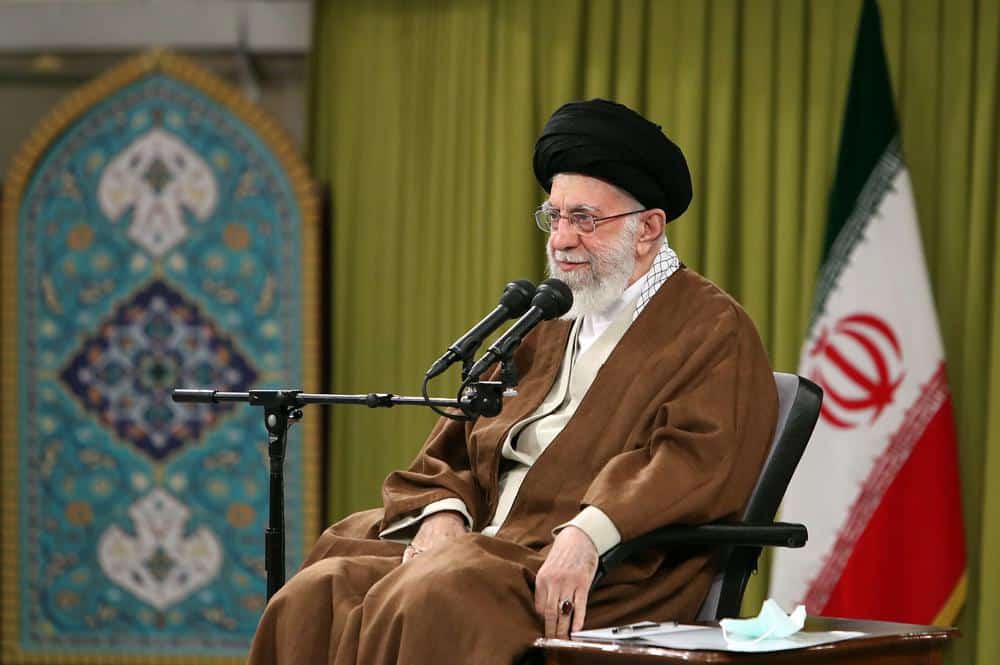Iran’s authorities detained seven people with links to the UK on Sunday, among them several dual nationals, as the country experienced widespread anti-government demonstrations.
According to state media, seven key figures behind the recent protests against Iran’s government were arrested by Iran’s Revolutionary Guards intelligence services, including dual nationals attempting to leave the country. The people arrested, some of whom are said to be UK-Iran dual nationals, were detained while trying to leave Iran, according to Reuters, citing a statement published by state media. No further information, including what kind of links those arrested have to the UK, has been released.
The British Foreign Office said it was seeking more information from Tehran about reports that UK nationals had been detained in Iran.
About 50 people demonstrated in Brussels demanding the immediate release of a Belgian aid worker detained in Iran. Pictures of Olivier Vandecasteele were held up during the protest in downtown Brussels to highlight the issue.
Iran’s harsh verdict last week on Mr Hekmati has amplified concerns about the stalled prisoner swap treaty. Belgium’s government subsequently advised all Belgians in Iran, including those with dual citizenship, to leave the country over concerns that they could be randomly arrested and imprisoned. Belgium says Mr Vandecasteele is innocent and has been detained as a hostage as Tehran attempts to force Brussels to release an Iranian agent convicted of terrorism. Earlier this year, Belgium and Iran signed a treaty that would have allowed Mr Vandecasteele to be exchanged for Assadollah Assadi.
In 2018, Iranian diplomat Assadi, who was stationed in Austria, was arrested after German, French, and Belgian law enforcement officials prevented an Iranian exile opposition group from detonating a bomb at a rally in Paris. He was convicted of terrorism after spending three years in detention. Belgium’s constitutional court suspended the prisoner exchange agreement in early December, pending a final decision on its legality within the next three months.
On September 16, mass demonstrations erupted across Iran after the death of Mahsa Amini, a Kurdish-Iranian woman who had been arrested for not complying with the country’s dress code. The large-scale protests against Iran’s theocratic ruling structure, in which people from all walks of life have participated, have become one of the most significant challenges to Iran since the 1979 revolution. The government has claimed that the protests were caused by people who desired to destroy public property and that they were trained and armed by countries such as the US, Israel, and Saudi Arabia.
Image Credit: Office of the Iranian Supreme Leader via AP, File



















